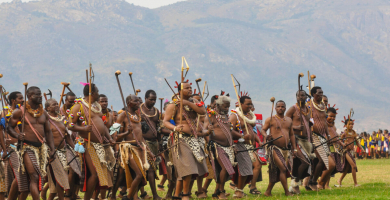Top 10 German Culture, Customs, and Etiquette
Germany is at the heart of Europe, not only geographically, but also politically and economically. According to the World Factbook, the country has more than ... read more...80 million people, making it Europe's second most populous after Russia. Germany has the largest economy on the continent and the fifth largest in the world. While German has an impact on the countries that border it — Austria, Belgium, Czech Republic, Denmark, France, Luxembourg, Netherlands, Switzerland, and Poland — all of these cultures have played a role in shaping today's Germany to varying degrees. Let's take a look at some of the German Culture, Customs, and Etiquette.
-
German is the official language of Germany and is spoken by approximately 95% of the population. However, due to the high number of immigrants in recent years, a growing number of people in Germany can speak at least one other language. First of all, you must know that Standard German is the official language in Germany and Standard German is the most widely spoken language in the whole of Germany.
The standard German language was developed over a long period of time. It first started to develop in the 8th century. Moreover, German is spoken by about 95 million local speakers and around 85 million non-native speakers worldwide. The official language of Germany is also the third most widespread language on Earth. All people with an internet connection may study German online thanks to online German courses.
The standard German is almost always used in writing because it is taught at schools and in the German media. But every region of Germany has its own dialect – so when people talk, they usually speak their local dialect. Other languages spoken include Serbian in eastern Germany; North and West Frisian, spoken around the Rhine estuary; and Danish, primarily spoken in the area along the Danish border. Romani, which is an indigenous language, Turkish and Kurdish are also spoken.
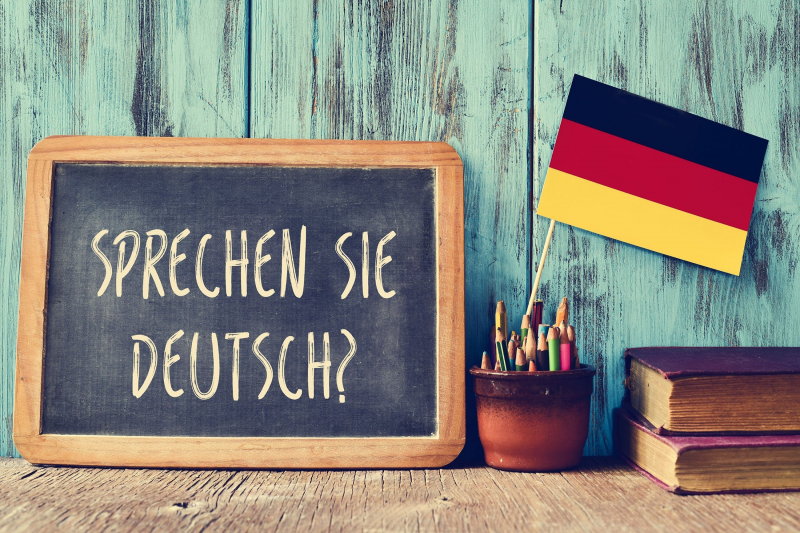
dailysabah.com 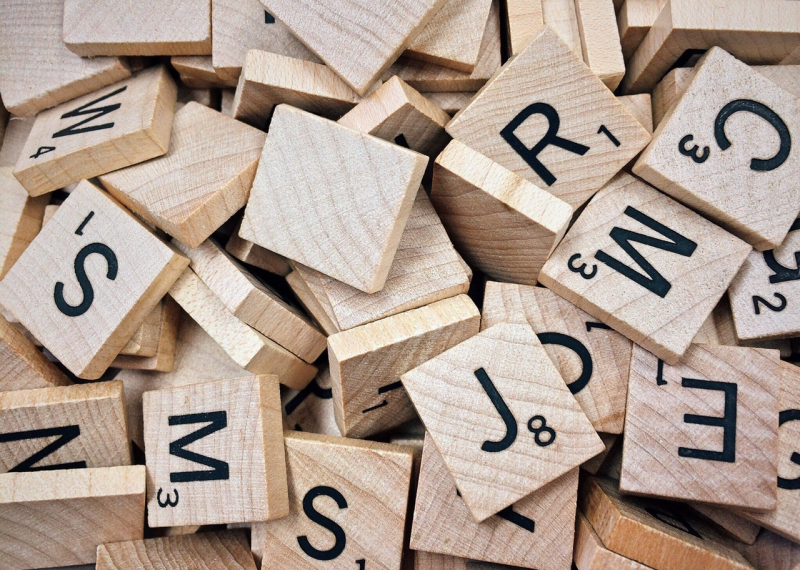
dailysabah.com -
Germany is an intercultural and multi-religious country. It's important to understand that apart from main Christian religions (including Protestantism and Catholicism) and several minority beliefs, around a third of the people in Germany are atheists.
The main religion in Germany is Christianity, with around two-thirds of the population identifying as Christian. Unlike most European countries, which tend to be either largely Catholic (e.g. Ireland, Spain) or largely Protestant (e.g. Sweden, UK), German Christians are split almost evenly. Around half of Germany's Christians are Protestantism and half are Roman Catholic. Around 2% of the country practice other Christian religions - mainly Orthodoxy, including both Eastern and Oriental Orthodoxy.
Although you will find followers of both Catholicism and Protestantism in all regions of Germany, the religions are more distinct in certain regions. As a rule, you will encounter more Catholics in the South and West of the country, including Bavaria, Rhineland, Westphalia and Saarland. In the North and East of the country, more of the population identify as protestant.
Islam is the biggest non-Christian religion practiced in Germany, with followers accounting for about 5% of the population (approximately 4 million people). Most Muslims in Germany are Turkish or of Turkish descent and follow the Sunni tradition. You will find that mosques are in most major cities in Germany, but also in some smaller towns too.
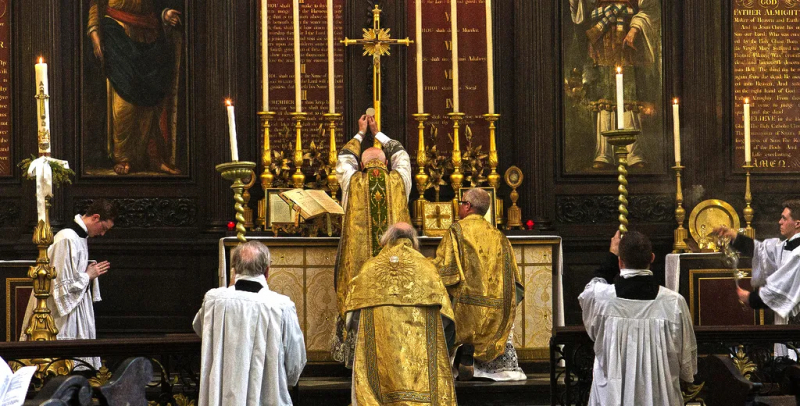
livingchurch.org 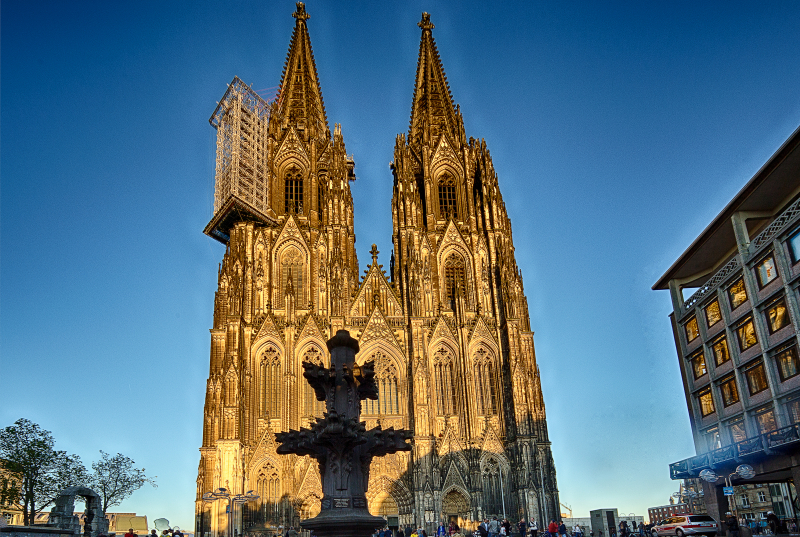
wikipedia.org -
Germany has a long culinary history that reflects its rural roots and geography. German food, one of the most unique characteristics of German Culture, Customs, and Etiquette, has evolved over centuries of social and political change. Each region has its own specialty and distinct flavor. For example, the area around Hamburg is known for fresh fish dishes, whereas the South is known for all types of pork foods. But what they all have in common is a German heartiness and richness that you won't find anywhere else.
Germans love rich, hearty cuisine, though each area of Germany has its own definition of what a traditional meal looks like. Pork is the most consumed meat, according to the German Food Guide. Schweinshaxe (braised pork hock) and Saumagen (pork stomach) are a couple of traditional pork dishes. Bratwurst, a form of sausage, is closely associated with German food. Cabbage, beets, and turnips are commonly incorporated into meals, as they are native to the region, and potatoes and sauerkraut are also stars of German cuisine.
Beer is the most popular alcoholic beverage, and the country is known as the birthplace of a number of beer varieties, including Pilsner, Weizenbier, and Alt. These beers were crafted according to Reinheitsgebot, or the "Purity Law," a 16th-century Bavarian law that decreed that beer could only be brewed from barley, hops, and water, according to NPR. Brewers used the yeast available in the air. Brandy and schnapps are also favorite German alcoholic beverages.
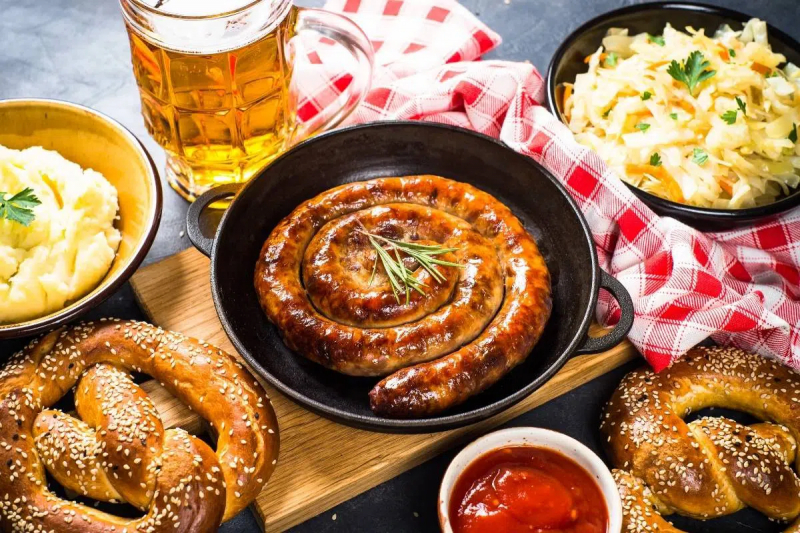
chefspencil.com 
chefspencil.com -
Culture doesn't just refer to how people interact and look. "Culture also means refined intellectual, artistic and creative achievement, for example as in cultural knowledge, or a cultured person," Cristina De Rossi, an anthropologist at Barnet and Southgate College in London, told Live Science.
Germany is often overlooked when compared to the influence of Italian and French art. But Germany has a long and rich tradition of art with plenty of significant proponents from the 15-19th centuries. German art has played a crucial role in the development and shaping of Western art, especially of Celtic art, Carolingian art and Ottonian art. During the Renaissance period, the most significant artists were Albrecht Dürer and Hans Holbein. Although he was not appreciated during his time, the most significant German painter of the Romantic era was Caspar David Friedrich.
Painting and sculptures in the Gothic style were very famous in Europe, including Germany. The highlight of the 15th century was the design of altarpieces. Generations of German artists explored and showed their skills in Baroque and Rococo styles, as well as Neoclassicism. Romanticism is also a very important part of German art.
Some of the most famous German paintings are: “The Sin” by Franz Stuck, “Wanderer above the Sea of Fog” by Caspar David Friedrich, “Studio Wall” by Adolf Menzel, “Heller Altarpiece” by Albrecht Dürer and Matthias Grünewald etc.
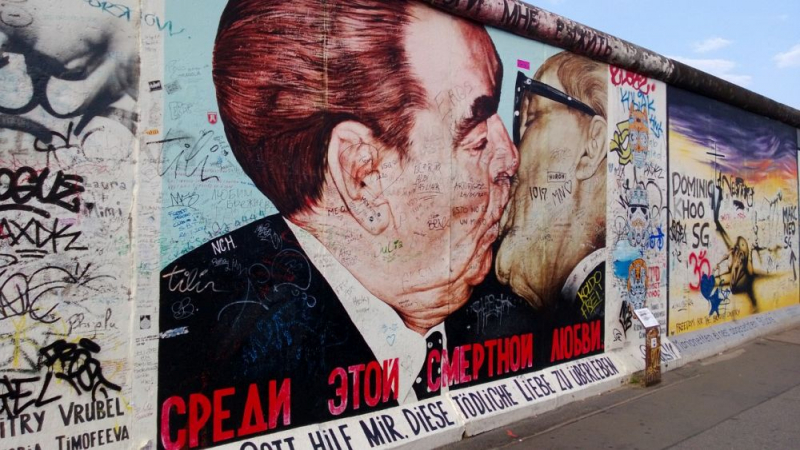
blog.singulart.com 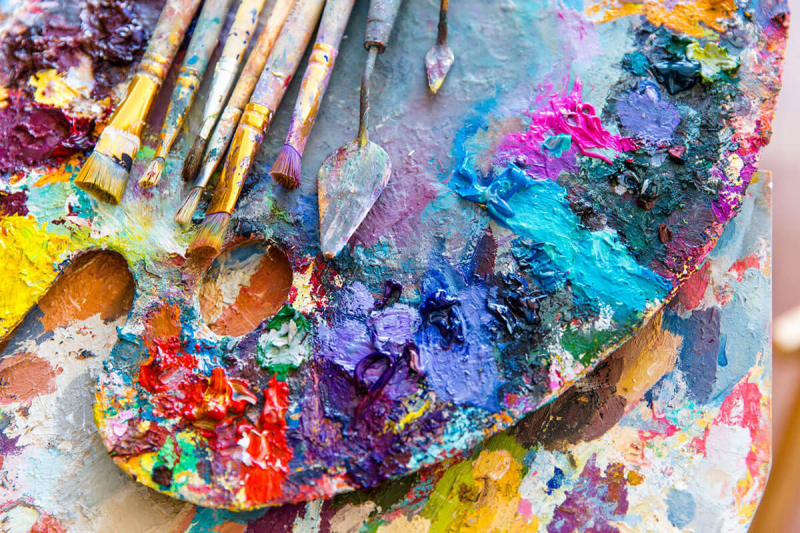
studying-in-germany.org -
The country has gone through a tumultuous history, the signs of which are evident in its rich and diverse architecture. Its palaces, castles, cathedrals and monuments best tell the story of Germany. Amphitheaters, spas and roman bridges are part of the ancient architecture and the civilization that bloomed in the territory that today is Germany. The pre-Romanesque architecture consists of churches such as the Abbey Church of Saint Michael’s which dates back to the beginning of the 10th century. Whereas, during the Romanesque period a lot of cathedrals were built, which have survived through time till today.
The Cologne Cathedral as well as many other cathedrals were built during the Gothic era. The Renaissance, which bloomed between the 15th and 17th centuries, is characterized by castles and palaces such as the Heidelberg castle or the ducal Landshut Residence.
Baroque architecture arrived in Germany in the 18th century, and a lot of building such as the Wurzburg Residence or the Augustusburg Castle has survived through time until today, and are among the tourist attractions that gather a lot of tourists.
Buildings like that of the Semper Opera in Dresden, the Schwerin Palace and the Ulm Cathedral belong to historicism architecture. As for the modern era, it consists of buildings as the Einstein Tower, Berlin Modernism Housing Estates and the Gliwice Radio Tower.
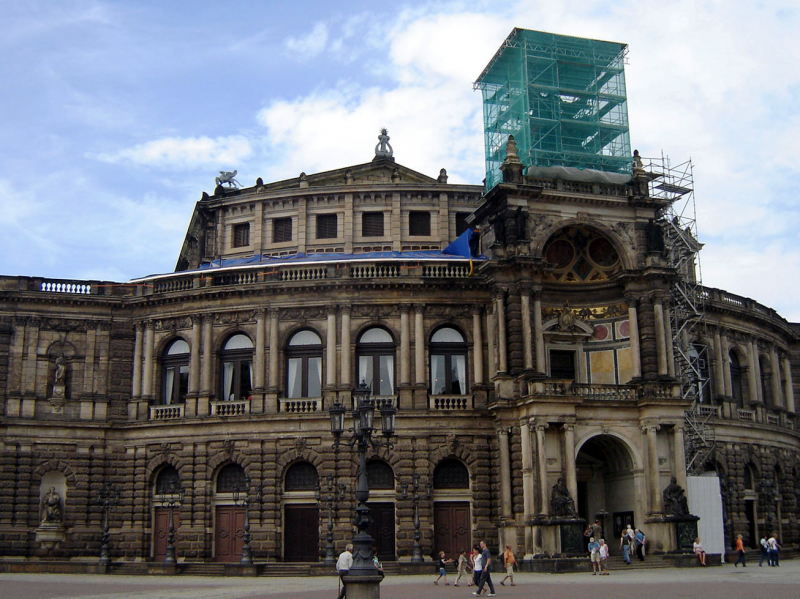
happyfrogtravels.com 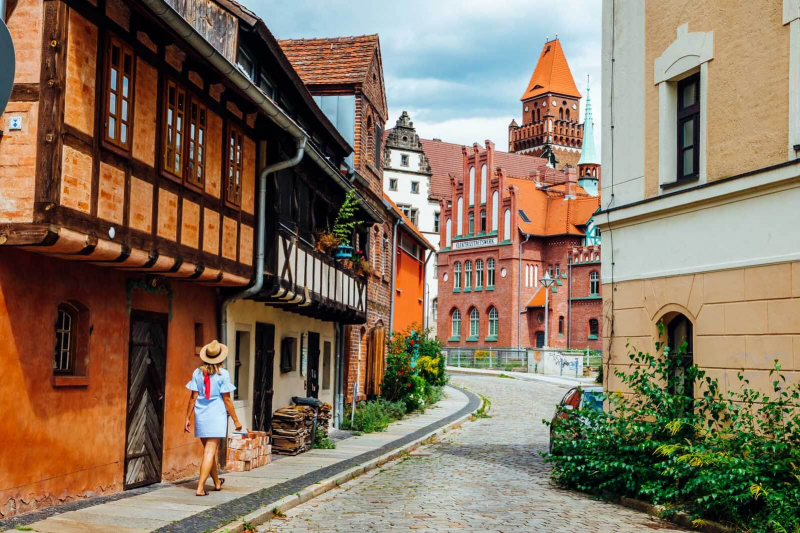
goodfon.com -
Though the Germans are known for being very bureaucratic, they also know how to have fun and enjoy life. This statement is best demonstrated by the large crowds that attend carnivals and festivals. Both types of events take place during a joyful time of year when entire cities throw extravagant parties and colorful celebrations. Carnivals have a long history in Catholicism, and they are now celebrated by street parades of people dressed in costumes and masks. There are many carnivals and festivals that celebrate all aspects of life and joy.
Their weddings are also very special. It is customary for the bride to bring bread and salt with her as an omen of good harvest. On the other hand, the groom is supposed to carry grain for good luck and wealth.
Many traditional Christian holidays, such as Christmas and Easter, are observed in Germany. German Unification Day, celebrated on October 3, commemorates the reunification of East and West Germany and is the only federal holiday.
The country's biggest beer festival is known as "Oktoberfest," it takes place every year on a Saturday in September and ends 16 to 18 days later, on the first Sunday in October. According to the city of Munich, the tradition began in 1810 with the marriage of Crown Prince Ludwig of Bavaria to Princess Therese von Sachsen-Hildburghausen.
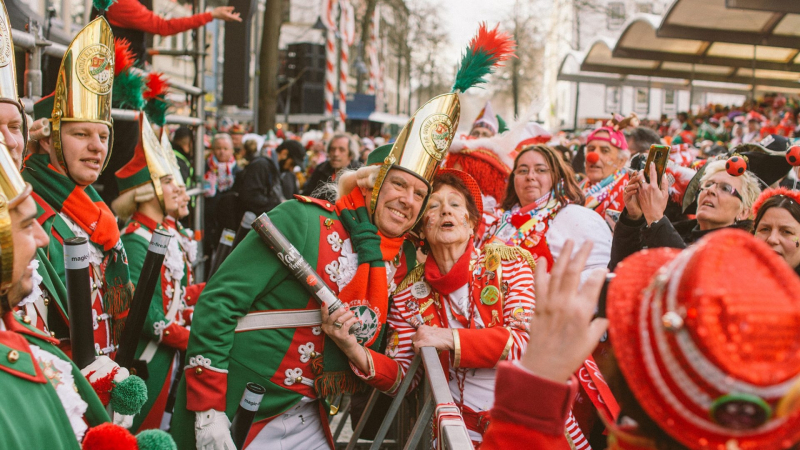
knowinsiders.com 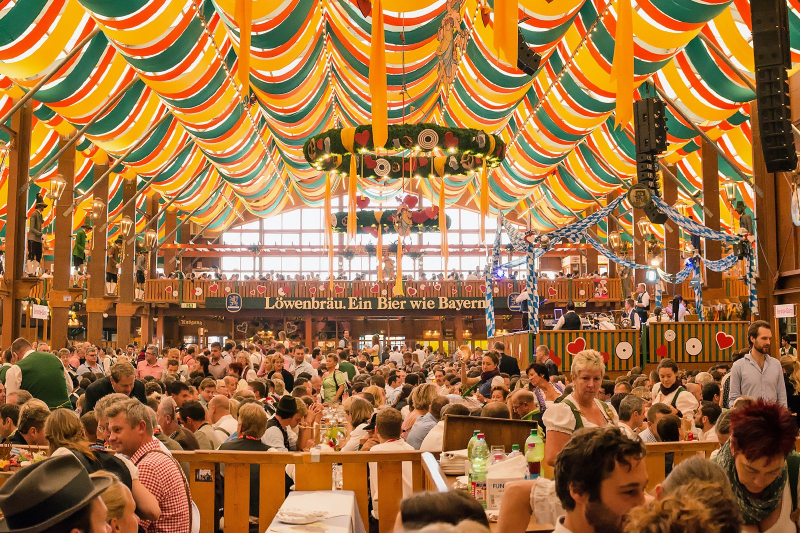
hotels.com -
Did you know that in the past, clothing in Germany was actually a reflection of the social and legal status of a citizen? Studying the outfits that Germans wore traditionally helps you get an insight into their culture. Every region in the world is easily identifiable by the kind of clothing that was traditionally worn there. Clothing that was traditionally worn in Germany is no different. The clothes that men and women wore traditionally tell people a lot about the country and its culture. To actually understand the German clothing of the years gone by, it is important to understand the concept of tracht.
If you’ve been to Oktoberfest, which is celebrated all over the world, you are familiar with lederhosen and dirndls. Lederhosen, which means “leather trousers” in German, are the short leather pants worn by men. These are usually knee-length and are the historically worn by working-class German men with rustic shoes and wool socks. These pants were worn with shirts and sweaters made of coarse linen or wool. Other clothes teamed with the pants were wool stockings and country shoes. Jackets and hats vary according to region and occasion.
The dirndl is a ruffled apron dress worn by German women that consists of a bodice, or blouse, and a skirt. In the 19th century, the dirndl was the standard uniform of servant girls, but today it is mostly worn in Germany and Austria, and like lederhosen, usually for celebration. Each of these garments is a type of tracht, which historically was used to help identify people as members of a certain status.
In many regions, especially Southern Germany, Bavaria and Austria, it is still acceptable to wear ‘tracht’ on official occasions like weddings, festivals, etc. Contemporary fashion adapts to traditional elements, the production of dirndl and lederhosen is a thriving industry in Germany.
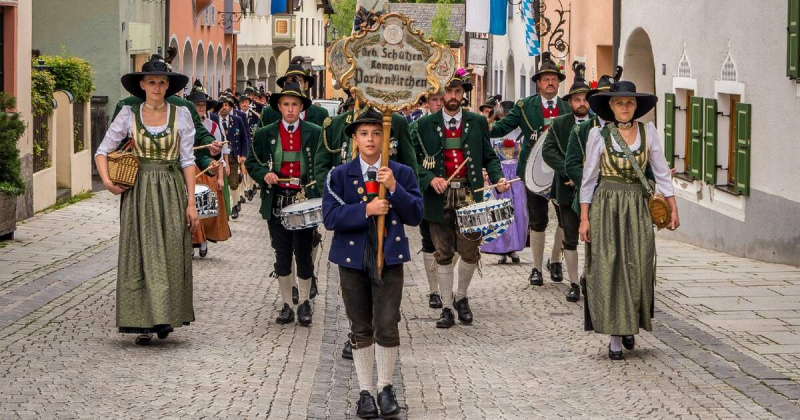
iamexpat.com 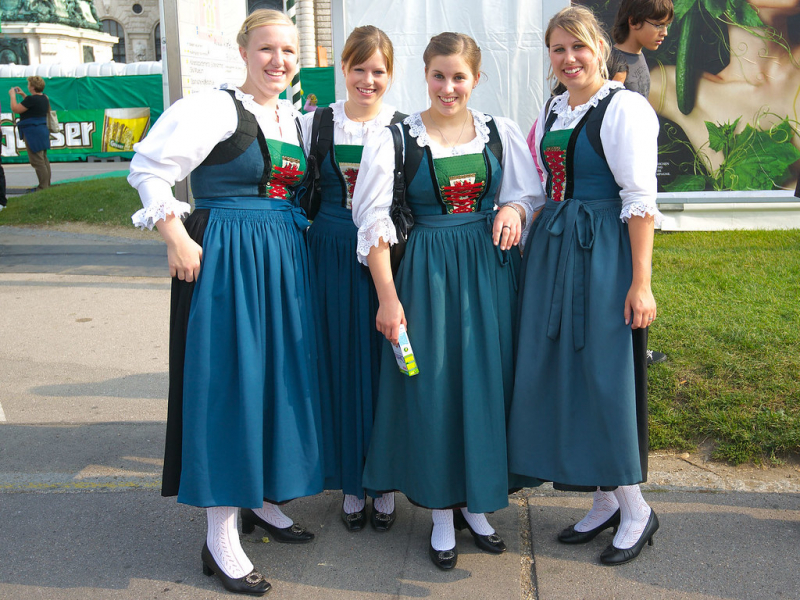
flickr.com -
Musical history in Germany is just as colorful as the country's dress. Music is perhaps the area where German culture is most prevalent beyond its own borders. Particularly in America, the influence of German immigrants is inescapable and may be largely responsible for the rise of symphony orchestras, which along with opera, was a popular art form in Germany, in metropolitan areas with large German populations.
Volksmusic and Oompah music are two traditional genres that have become synonymous with Germany. Volksmusic, which originated in the mountainous region of southern Germany, translates to "music of the people" and is played primarily in Bavaria. These folk songs are usually very colloquial and performed on simple instruments such as guitars or harmonicas.
Oompah music is a term that encompasses several forms of horn-centric music played in Eastern European countries. Oompah is played by brass bands and gets its name from the thump-thump-thumping of the tuba, one of the most important pieces for any self-respecting Oompah band. In addition to brass, Oompah also uses/incorporates/employs accordions, which produce such a distinct sound that can invoke cravings of sausage and beer. It's difficult to determine the age of each of these genres, but both are still performed and are widely popular today.
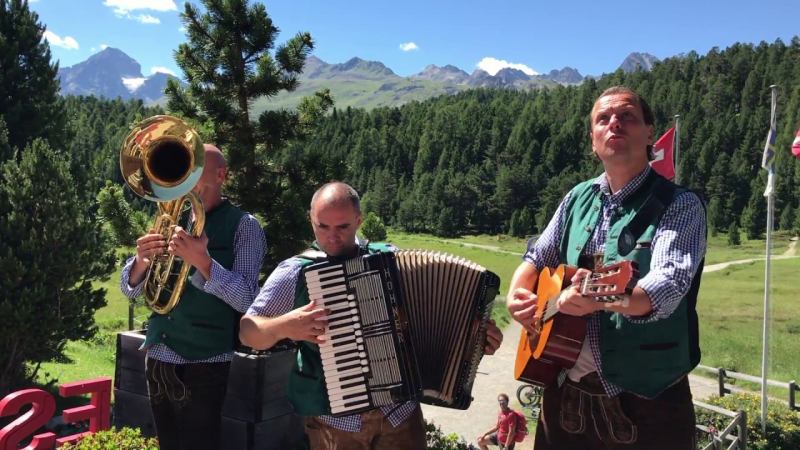
youtube.com 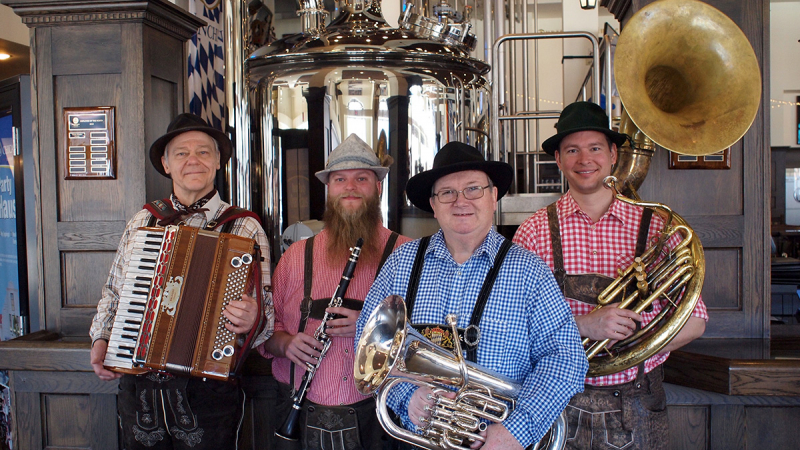
wallpaperflare.com -
In English, how you say something is often more important than what you actually say. This is not the case in Germany. Here, you must state exactly what you mean in a straightforward manner: all the rest is verbal fluff. While this can seem a bit cold or even rude at first, over time it can actually become quite a refreshing mode of interaction. Directness and honesty are great antidotes to the brainless small-talk that is customary in the Anglosphere.
On the topic of coldness, you’ll soon notice that Germans’ friendliness is directly related to the weather. If you walk into a cafe in summer, you’ll most likely be greeted with a cheerful hello. In February though you’ll probably just have a menu angrily shoved in your general direction.
One good thing about meeting people in this country is that Germans aren’t into making false friends. For them, friendship is not a PR stunt and they don’t feign friendship just for the sake of lubricating interactions. When you make a German friend, you can count on them as a real friend.
The well-known international cliché that Germans have no sense of humour is, in fact, a fallacy. Germans do have an immense capacity for humour but it is dark, very dry, and easily missed by foreigners. Likewise, English speakers’ favourite mode of making fun, sarcasm, often fails to translate in Germany. Germans answer the phone by saying their name, rather than by asking who is speaking. “Hallo, hier ist die/der [your name]” is considered best telephone practice, but it is also common to drop the “hallo” and get straight to the point: a German motto.
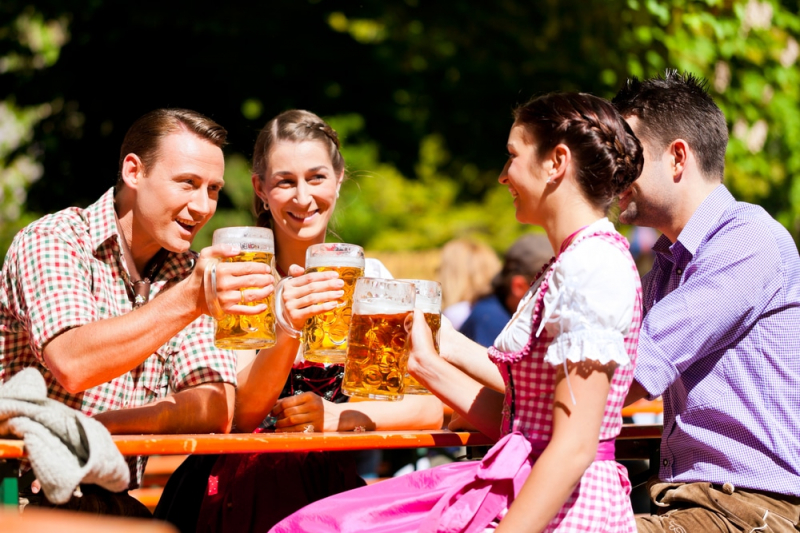
fluentu.com 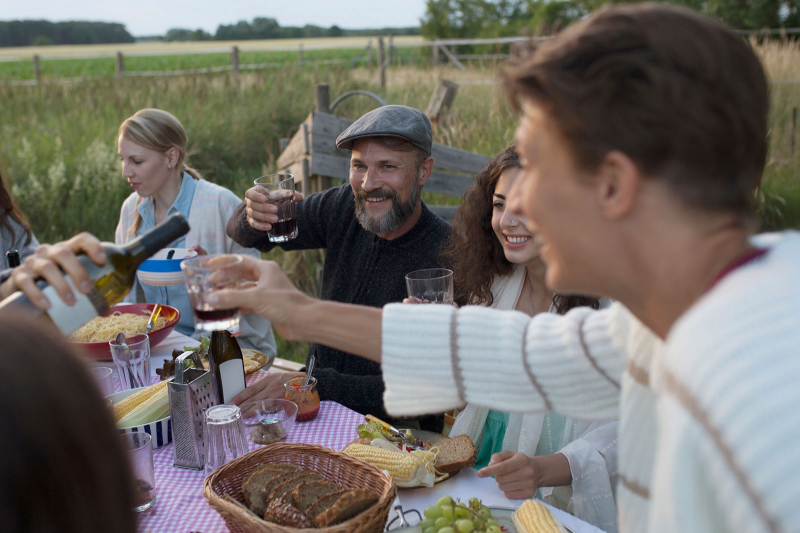
lovetoknow.com -
When it comes to the sporting community, Germany needs no introduction. Sports are very popular in Germany, with approximately forty million Germans belonging to a sports club or participating in sports on their own.
Football is the most popular sport, and Germany is one of the sport's global superpowers. They have won the FIFA World Cup four times (1954, 1974, 1990, and 2014) and hosted it twice (1974 and 2006). They have also won the UEFA European Championship three times (1972, 1980, and 1996) and hosted it in 1988. Thomas Muller, Miroslav Klose, Jurgen Klinsmann, Gerard Muller, Lothar Matthaus, and Frank Beckenbauer are some of their best players. With over 6.3 million members, the German Football Association is the world's largest sports organization.
Motorsports is also very popular in Germany, and the country is a world leader in the sport. With teams like BMW, Mercedes, and Porsche, it's easy to see why. Porsche has won the 24 Hours of Le Mans 16 times, while Audi has won it 11 times. And anyone who is familiar with motor sports will recognize the name Michael Schumacher, who has set numerous motor sport records and won more Formula One races than any other driver before him, including the Formula One World Drivers' Championships, which justifies him being one of the highest paid athletes of all time.
As far as the Olympic Games are concerned, Germany is one of the powerhouse ranking third when it comes to the all-time medal count in both the Summer and Winter Games as well as hosting quite a few.

polytan.se 
reuters.com






























